Imprinting disorders: a group of congenital disorders with overlapping patterns of molecular changes affecting imprinted loci
- PMID: 26583054
- PMCID: PMC4650860
- DOI: 10.1186/s13148-015-0143-8
Imprinting disorders: a group of congenital disorders with overlapping patterns of molecular changes affecting imprinted loci
Erratum in
-
Erratum to: Imprinting disorders: a group of congenital disorders with overlapping patterns of molecular changes affecting imprinted loci.Clin Epigenetics. 2016 Mar 7;8:27. doi: 10.1186/s13148-016-0194-5. eCollection 2016. Clin Epigenetics. 2016. PMID: 26958095 Free PMC article.
Abstract
Congenital imprinting disorders (IDs) are characterised by molecular changes affecting imprinted chromosomal regions and genes, i.e. genes that are expressed in a parent-of-origin specific manner. Recent years have seen a great expansion in the range of alterations in regulation, dosage or DNA sequence shown to disturb imprinted gene expression, and the correspondingly broad range of resultant clinical syndromes. At the same time, however, it has become clear that this diversity of IDs has common underlying principles, not only in shared molecular mechanisms, but also in interrelated clinical impacts upon growth, development and metabolism. Thus, detailed and systematic analysis of IDs can not only identify unifying principles of molecular epigenetics in health and disease, but also support personalisation of diagnosis and management for individual patients and families.
Keywords: Epimutation; Imprinted genes; Imprinting disorders; Uniparental disomy.
Figures

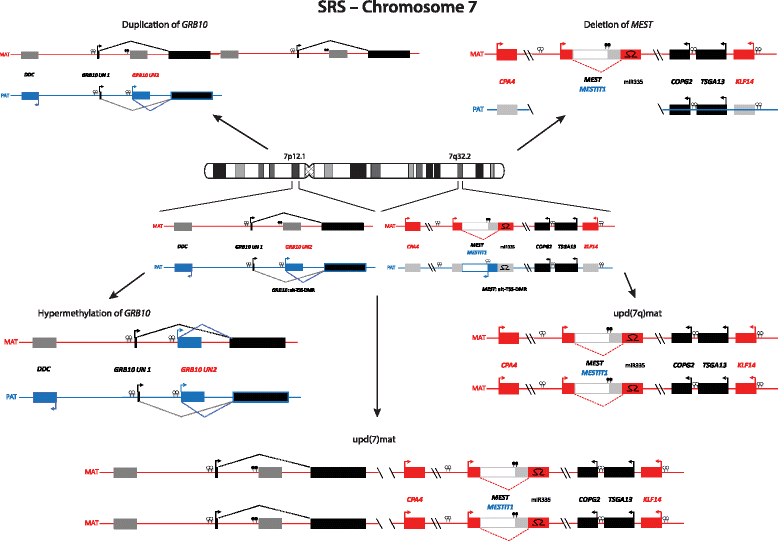

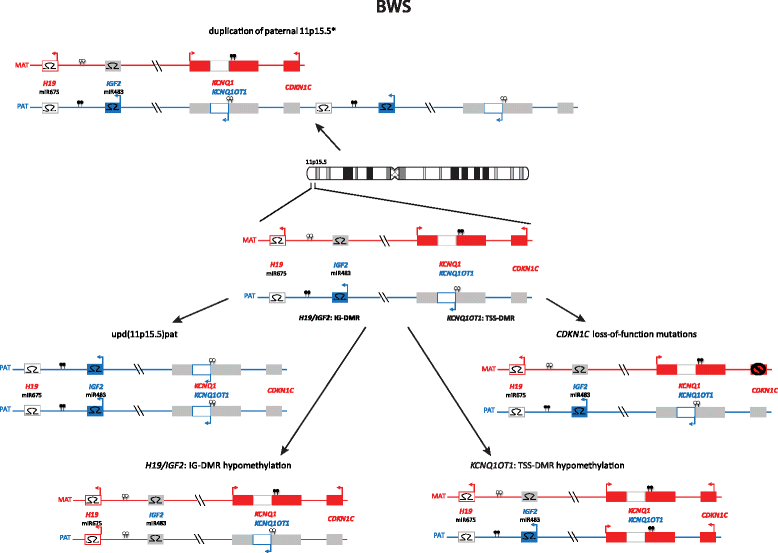
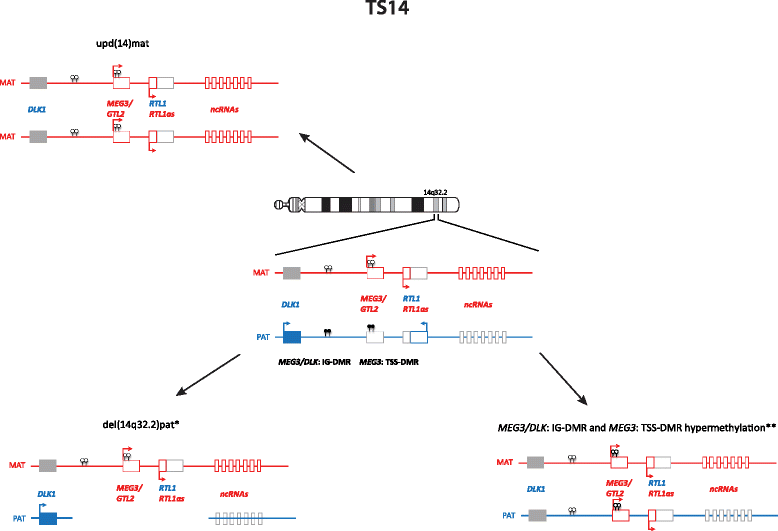
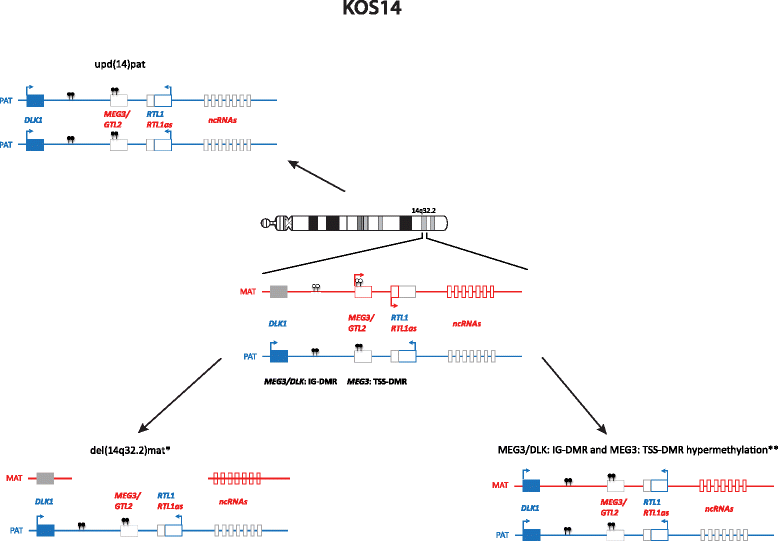
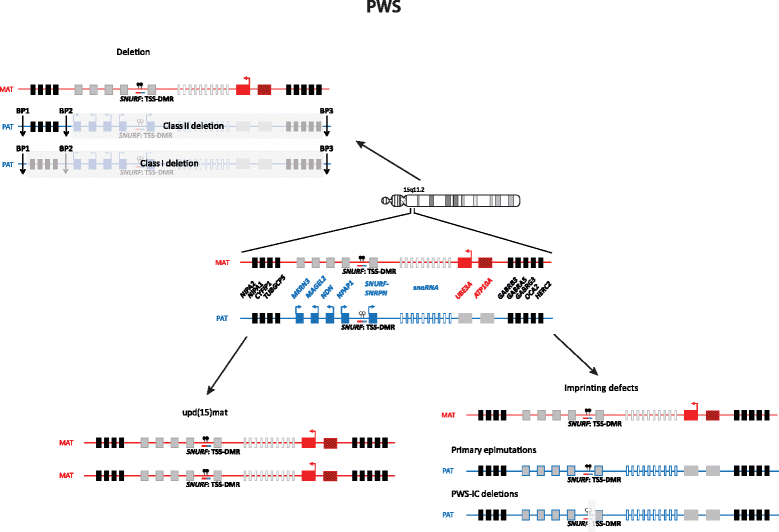
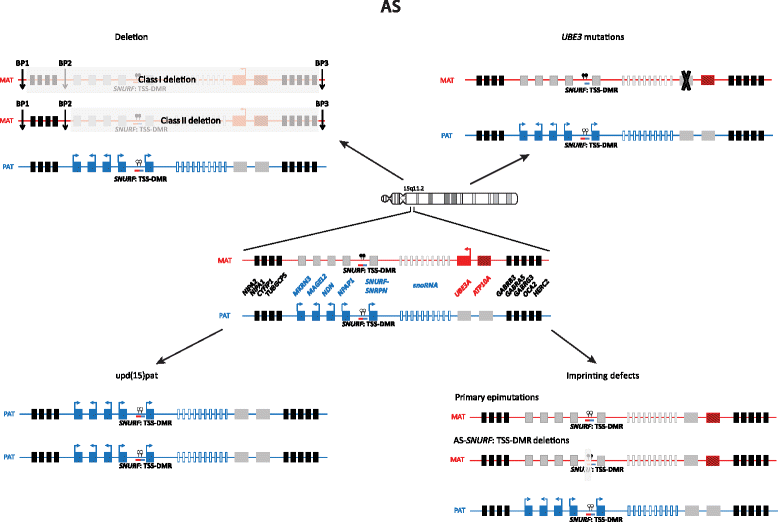
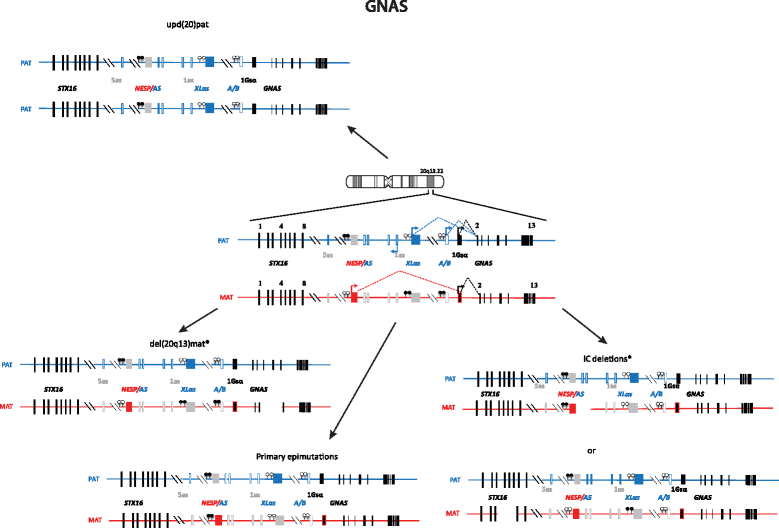
References
-
- Abi Habib W, Azzi S, Brioude F, Steunou V, Thibaud N, Das Neves C, et al. Extensive investigation of the IGF2/H19 imprinting control region reveals novel OCT4/SOX2 binding site defects associated with specific methylation patterns in Beckwith-Wiedemann syndrome. Hum Mol Genet. 2014;23:5763–73. doi: 10.1093/hmg/ddu290. - DOI - PubMed
Publication types
Grants and funding
LinkOut - more resources
Full Text Sources
Other Literature Sources

